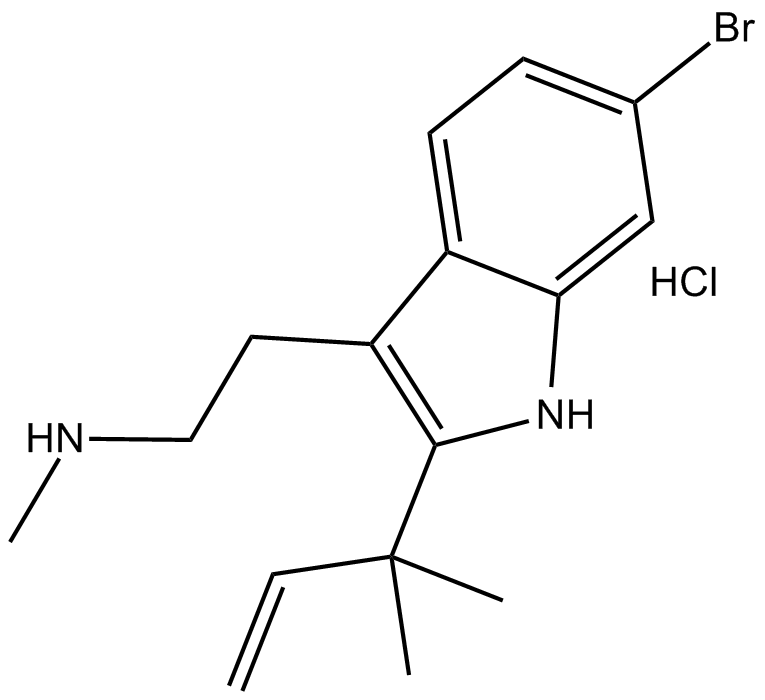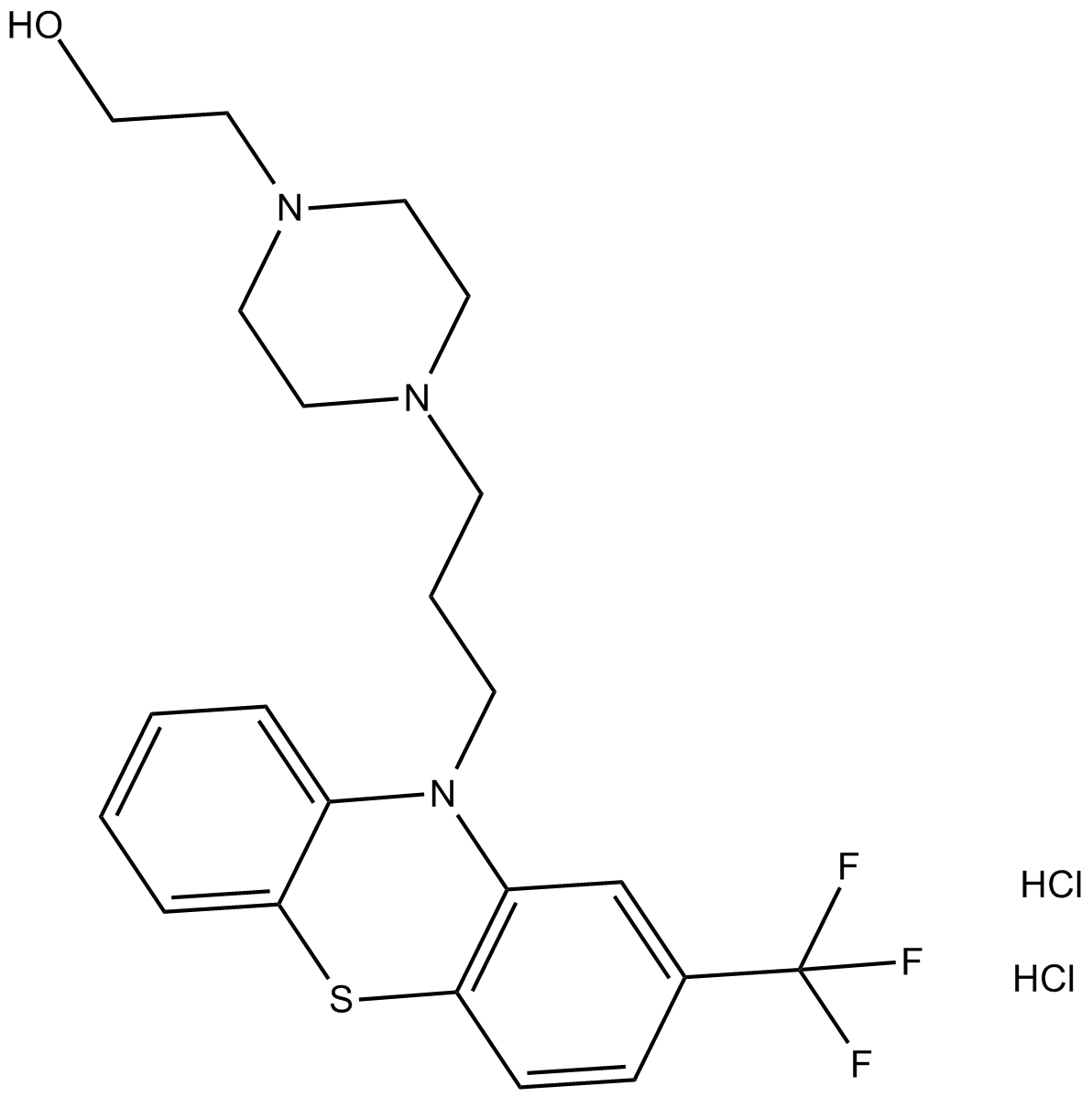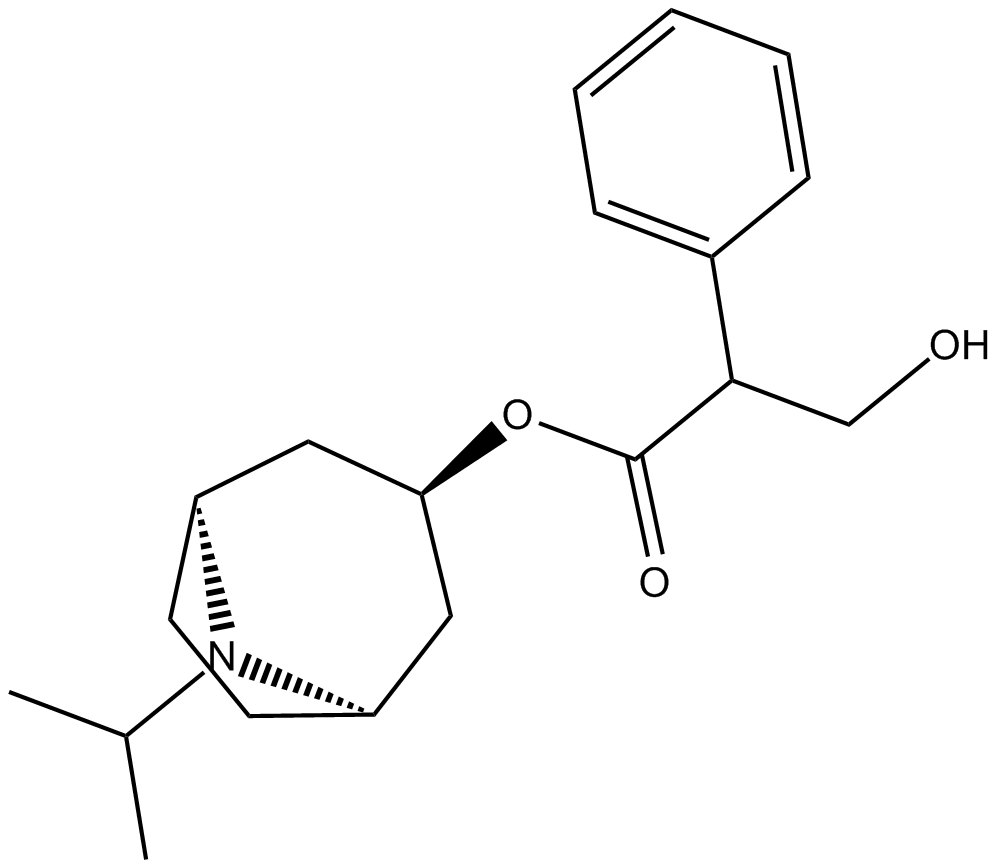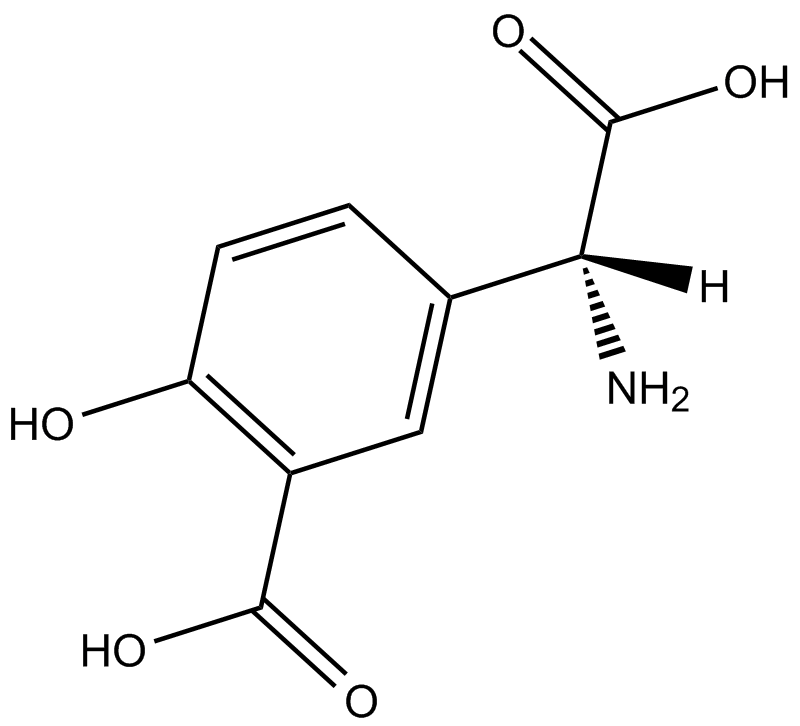Neuroscience

Neurotransmitter receptors function via various G-protein coupled and G-protein independent mechanisms that activate downstream intracellular signaling pathways such as cAMP/PKA, PI3K/AKT, phospholipase A2, and phospholipase C pathways. For instance, dopamine receptors act through adenylate cyclase to activate PKA and other signaling molecules, thereby mediate gene expression through the actions of CREB and other transcription factors. Other neurotransmitters such as NMDAR or AMPAR are associated with ion channels that control flux of Ca2+ and Na+, thus propagating the action potential across the post-synaptic neuron.
Dysfunctions in GABAergic/glutamatergic/serotonergic/dopaminergic pathways result in a broad range of neurological disorders such as chronic pain, neurodegenerative diseases, and insomnia, as well as mental disorders including schizophrenia, bipolar disorder, depression, and addiction.
-
 B6262 (S)-3-Carboxy-4-hydroxyphenylglycineSummary: group I metabotropic glutamate receptor antagonist and group II mGlu agonist
B6262 (S)-3-Carboxy-4-hydroxyphenylglycineSummary: group I metabotropic glutamate receptor antagonist and group II mGlu agonist -
 B7367 Desformylflustrabromine hydrochlorideSummary: Positive allosteric modulator of nicotinic α4β2 receptors
B7367 Desformylflustrabromine hydrochlorideSummary: Positive allosteric modulator of nicotinic α4β2 receptors -
 A8516 Rizatriptan BenzoateSummary: 5-HT Receptor agonist
A8516 Rizatriptan BenzoateSummary: 5-HT Receptor agonist -
 B3309 Cyproheptadine hydrochlorideSummary: serotonin and histamine antagonist as well as antimuscarinic reagent
B3309 Cyproheptadine hydrochlorideSummary: serotonin and histamine antagonist as well as antimuscarinic reagent -
 B6132 Fluphenazine dihydrochlorideSummary: phenothiazine-class D1DR and D2DR inhibitor
B6132 Fluphenazine dihydrochlorideSummary: phenothiazine-class D1DR and D2DR inhibitor -
 C4093 N-IsopropylnoratropineSummary: used in the synthesis of ipratropium, a muscarinic antagonist
C4093 N-IsopropylnoratropineSummary: used in the synthesis of ipratropium, a muscarinic antagonist -
 B2252 Paroxetine HCl1 CitationTarget: 5-HT TransportersSummary: Antidepressant agents
B2252 Paroxetine HCl1 CitationTarget: 5-HT TransportersSummary: Antidepressant agents -
 B3505 DiclofenacSummary: non-selective COX inhibitor
B3505 DiclofenacSummary: non-selective COX inhibitor -
 B6261 (R)-3-Carboxy-4-hydroxyphenylglycineSummary: NMDA and AMPA/kainate receptor antagonist
B6261 (R)-3-Carboxy-4-hydroxyphenylglycineSummary: NMDA and AMPA/kainate receptor antagonist -
 B7282 PHA 568487Summary: α7 nicotinic acetylcholine receptor agonist
B7282 PHA 568487Summary: α7 nicotinic acetylcholine receptor agonist

